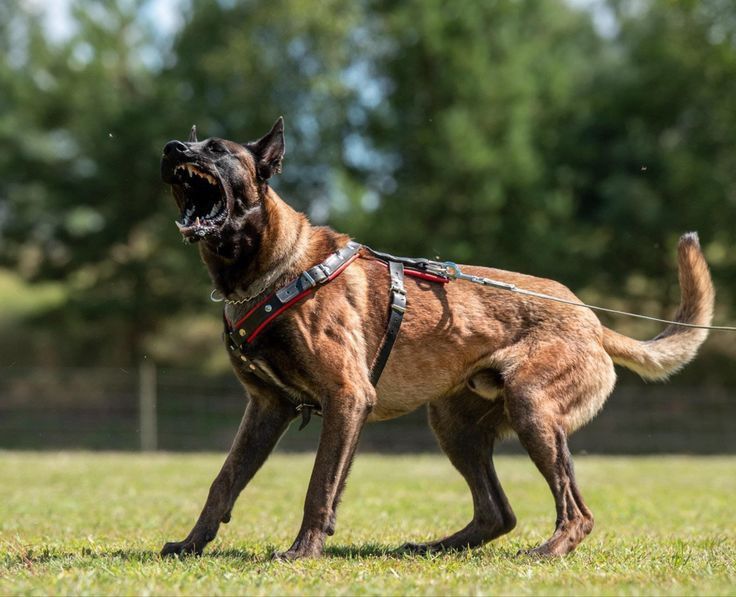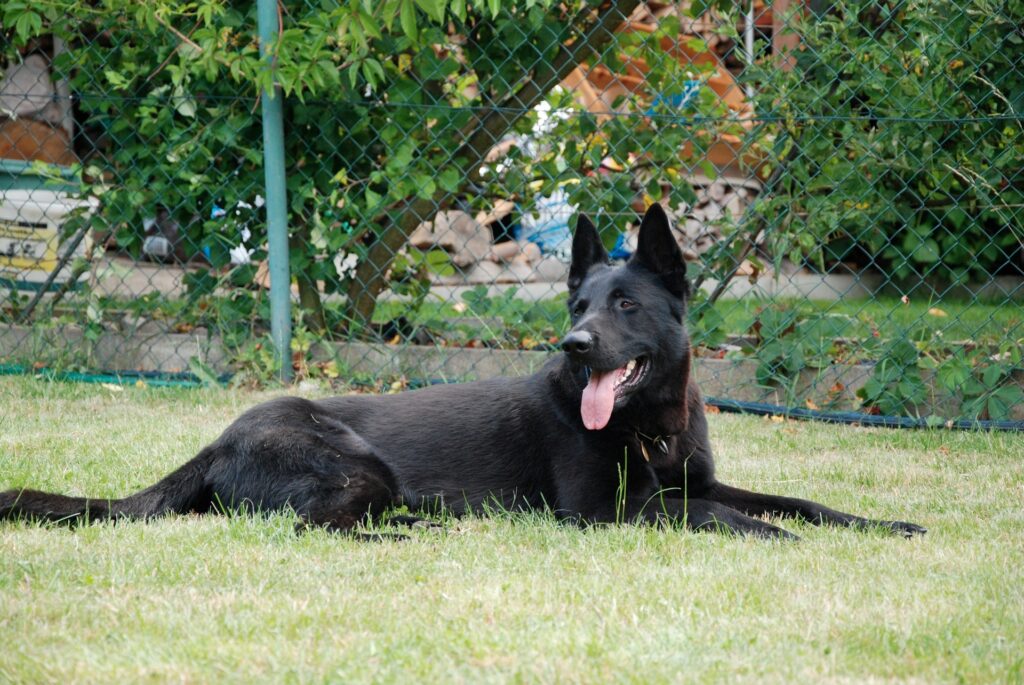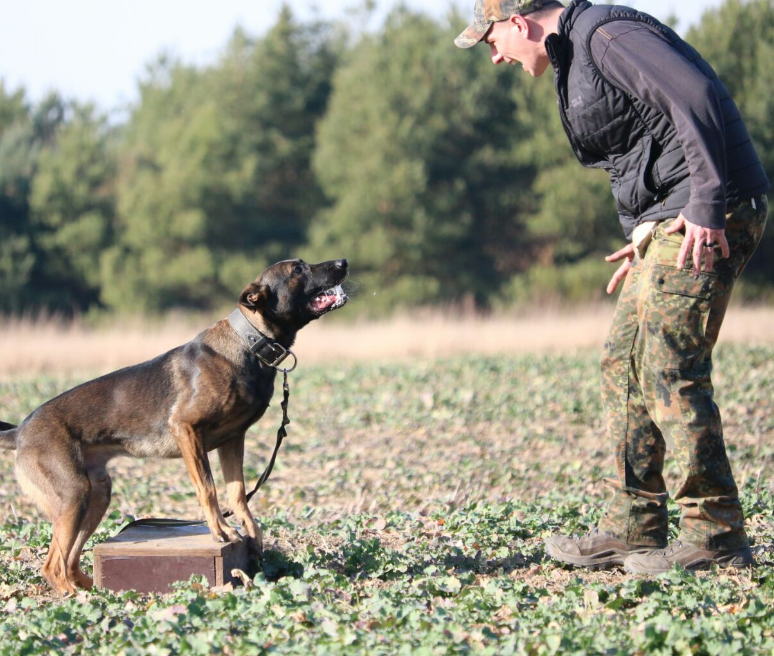
Introduction:
Having a reactive dog can be a challenging experience for both pet owners and their furry companions. Reactivity in dogs, whether it’s towards other dogs, strangers, or environmental stimuli, can lead to stressful situations and strained relationships. However, with patience, understanding, and proper training, it’s possible to help reactive dogs learn to manage their emotions and reactions more effectively. In this blog, we’ll explore some training tips and techniques to help pet owners handle reactive dogs with care and confidence.
Understanding Reactivity:
Before diving into training strategies, it’s essential to understand what causes reactive behavior in dogs. Reactivity often stems from fear, anxiety, or frustration and can manifest in various ways, including barking, lunging, growling, or even aggressive behavior. Common triggers for reactive dogs include other dogs, unfamiliar people, loud noises, or certain environments.
Training Tips for Handling Reactive Dogs:
While working with a reactive dog can be challenging, consistent training and positive reinforcement can help them overcome their reactive tendencies. Here are some tips to help pet owners navigate training sessions with their reactive dogs:
- Identify Triggers: Pay attention to your dog’s behavior and identify specific triggers that cause them to react. Understanding what sets off your dog will allow you to anticipate situations and prepare accordingly.
- Maintain Distance: When exposing your dog to their triggers, start at a distance where they remain calm and relaxed. Gradually decrease the distance over time as your dog becomes more comfortable and desensitized to the trigger.
- Use Positive Reinforcement: Reward your dog with treats, praise, or toys when they exhibit calm and non-reactive behavior. Positive reinforcement helps create positive associations with triggers and reinforces desirable behavior.
- Practice Desensitization: Desensitization involves exposing your dog to their triggers in a controlled environment while gradually increasing their exposure over time. This technique helps reduce your dog’s sensitivity to triggers and teaches them to remain calm in challenging situations.
- Implement Counterconditioning: Counterconditioning involves pairing the presence of a trigger with something positive, such as treats or playtime. For example, whenever your dog encounters a trigger, offer them a high-value treat to shift their focus away from the stimulus and onto something positive.
- Use Distraction Techniques: Redirect your dog’s attention away from triggers using distraction techniques, such as engaging them in a game of fetch or practicing obedience commands. Redirecting their focus can help prevent reactive behavior from escalating.
- Stay Calm and Confident: Dogs are highly attuned to their owner’s emotions, so it’s essential to remain calm and confident during training sessions. Projecting a sense of calmness can help reassure your dog and reduce their anxiety in stressful situations.
- Seek Professional Help: If your dog’s reactivity persists despite your best efforts, consider seeking help from a certified dog trainer or behaviorist. They can provide personalized guidance and develop a training plan tailored to your dog’s specific needs.
Conclusion:
Handling a reactive dog requires patience, consistency, and a deep understanding of your pet’s behavior. Remember to stay patient, remain calm, and celebrate small victories along the way. With dedication and perseverance, you and your reactive dog can build a strong bond based on trust and mutual understanding.


